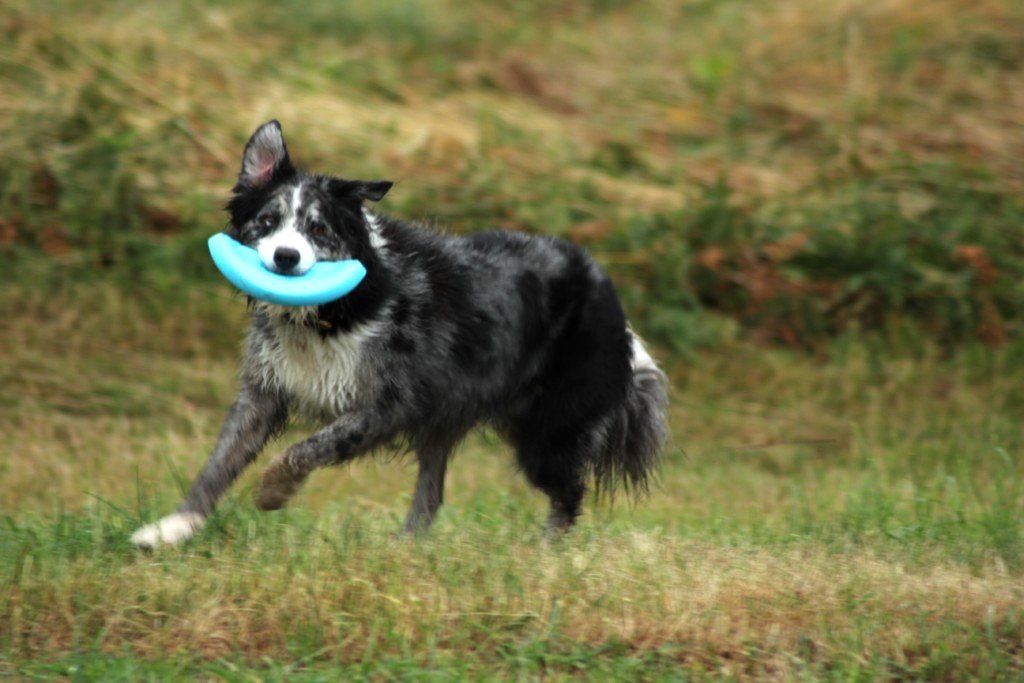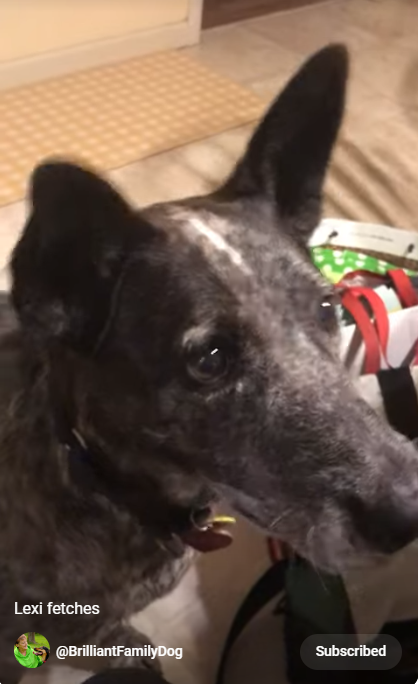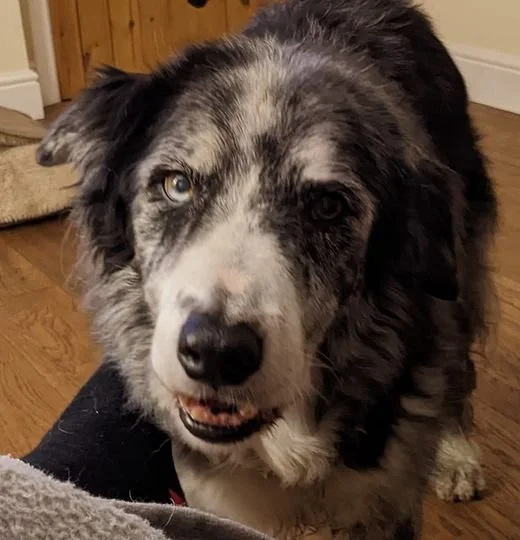There he was, taking his dog for a walk. His ear was glued firmly to his phone, and in his other hand was a ball launcher.
He hurled the tennis ball a good 80 yards where it landed amongst some other dog walkers he hadn’t noticed. His dog plunged to grab the ball - oblivious of the other dogs who fortunately stepped back - spun and hurtled back, dropping the ball panting, his sides heaving, at his owner’s feet.
And said owner carried on talking to his phone, so the dog barked and barked at him. Eventually he noticed, picked up the ball with the stick, and flung it again without looking, for the dog to race after - thereby building barking into the “exercise”.
THIS IS NOT A COMPANIONABLE WALK!
And while that owner came home with an exhausted dog who then left him in peace to talk on his phone all evening, it was also not good exercise.
There’s a catalogue of ailments that can come from repeated use of a ball-thrower. See what this frustrated Canine Physiotherapist wrote after treating pain in yet another dog with arthritis in wrists and feet due to repeatedly chasing balls launched from one of these pernicious gadgets:
“The repetitive strain of persistently chasing after the ball and jarring their front legs as they reach it, to pick it up causes horrendous damage to joints, ligaments, and muscles. This will eventually lead to osteoarthritis in your dog’s carpal, elbow and/or shoulder joints.
“Most dogs tend to always turn one way after they have caught the ball, so they will also have a pattern of tension and muscle over-development/tension down one side of their spine. This is not only very sore it is also predisposing them to Intervertebral Disc Disease (IVDD) – major surgery, which if they survive it is highly likely to leave them with some degree of paralysis.
“If your dog jumps up in the air to catch the ball, it’s highly likely to rupture it’s cruciate ligament(s); damage one or more discs in the back or tear or strain back muscle or the junctions with the spine with more movement ie sacroiliac or lumbosacral joints which will ultimately lead to Spondylosis, lumbosacral disease or nerve damage.” Lisa Cleeton, Canine Physiotherapist:
And with my trainer hat on, I can tell you that this type of exercise is not building any bond with you whatever!
The dog becomes fixated on the ball. He is not experiencing his surroundings. He is not relating to them, to you, or to any other dogs or people he passes.
You are building an obsessional behaviour which can become disabling - and very annoying.
Furthermore, it’s a danger! Another dog who has been made ball-mad and ball-possessive may well take exception to this intrusion.
Chucking the ball thoughtlessly into the midst of other dog walkers could end in a dramatic fight.
So why do people do it?
I often wonder!
Why dd they get a dog if all they want to do is prevent interaction with it?
Fact is, it’s a lazy option. They think that hurling a ball for a dog to chase to exhaustion is a dog walk.
What pleasure they are missing out on!
The beauty of the dog
Enjoying the beauty of our canine companions is a vital part of a dog walk. You’re enjoying this walk together!
Seeing your dogs explore, using their noses as well as their eyes, can open up the natural world for you.
And repeatedly rewarding check-ins and recalls, both prompted and spontaneous, will not only strengthen your bond together, but will give you a cracking recall which will work when you really need it.
So what else can I do on walks?




















